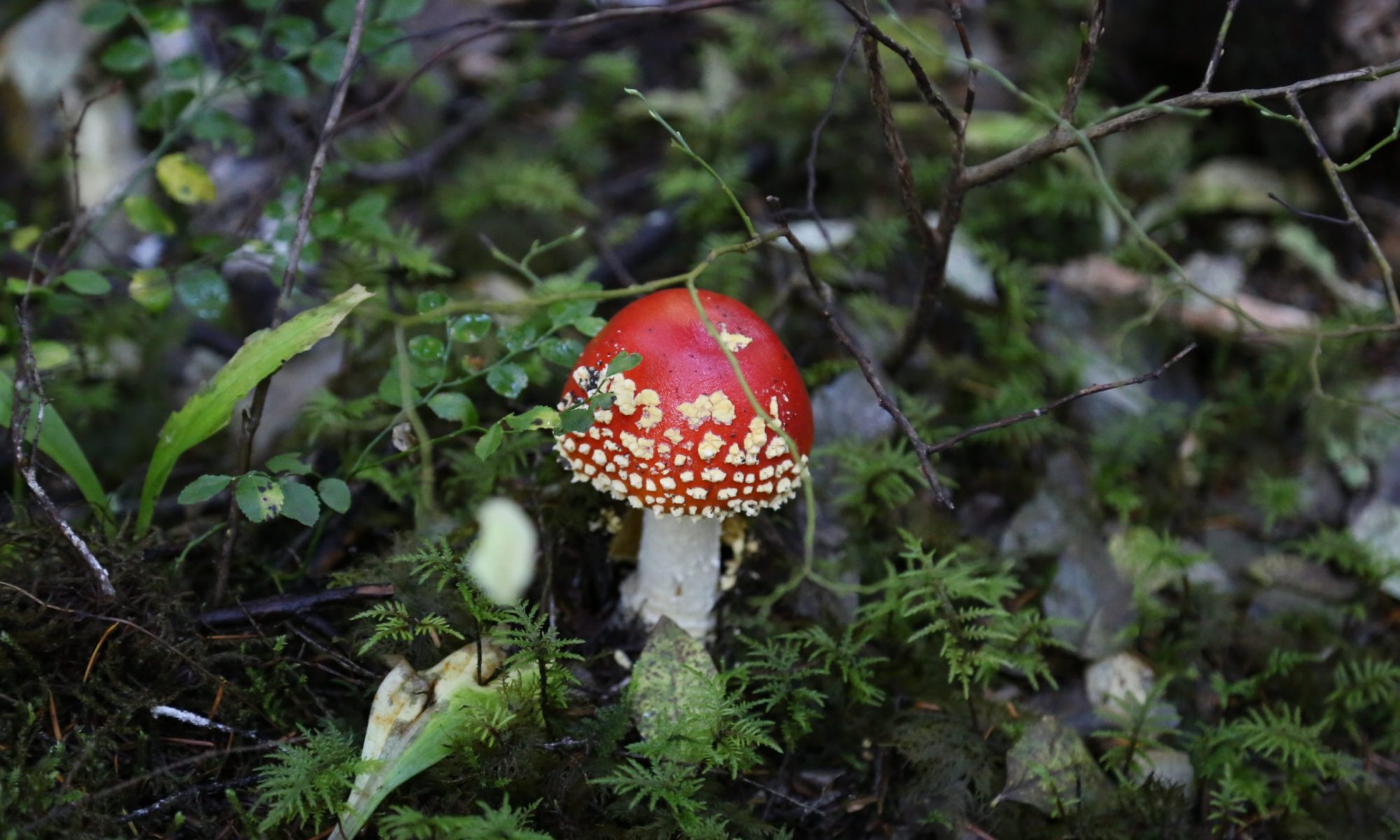Created by ChatGPT – Release Notes (Feb 13)
Moon photography is a fascinating and challenging hobby that can yield stunning results. Whether you’re a seasoned photographer or just starting out, capturing the moon’s ethereal beauty can be a rewarding experience. In this post, we’ll explore some tips and techniques for taking great photos of the moon.
- Know the phases of the moon
The moon’s appearance changes dramatically as it moves through its phases, from the thin crescent of a new moon to the full and bright disk of a full moon. Understanding the moon’s phases and when they occur is crucial for planning your moon photography. Full moons are generally the best time to take photos, as they offer more light and detail than other phases.
- Use a long lens or telescope
To get a clear and detailed image of the moon, you’ll need a long lens or telescope. A telephoto lens with a focal length of 400mm or longer is ideal, and a telescope with a magnification of 200x or more will give you even more detail. If you don’t have a long lens or telescope, consider renting or borrowing one for the occasion.
- Use a tripod
To get sharp and steady shots of the moon, it’s important to use a sturdy tripod. Long exposures and high magnifications can amplify even the slightest movements, so using a tripod will help you get sharp and clear images.
- Choose the right time and location
The moon rises and sets just like the sun, and its position in the sky changes throughout the night. To get the best shots, choose a clear and dark location away from city lights, and plan to shoot at the moon’s highest point in the sky. This will typically be around moonrise or moonset, when the moon is low on the horizon and appears larger due to atmospheric distortion.
- Use manual focus
Most cameras have trouble focusing on the moon, so it’s best to switch to manual focus and adjust the focus ring until the moon is sharp and clear. You can use the live view function or a loupe to help with focusing.
- Experiment with different exposures
The moon is a bright subject, and getting the right exposure can be tricky. To start, set your camera to manual mode and try a few different exposures, from 1/125 second to several seconds. Experiment with different ISO settings, aperture, and shutter speeds to find the combination that works best for your setup.
- Post-processing
Finally, don’t be afraid to experiment with post-processing techniques to enhance your moon photos. Adjusting the brightness, contrast, and saturation can bring out details in the moon’s surface, and stacking multiple exposures can reduce noise and increase detail.
In conclusion, taking photos of the moon is a rewarding and challenging hobby that can yield beautiful and unique results. By following these tips and techniques, you’ll be well on your way to capturing stunning images of the moon. So grab your camera, find a clear night sky, and start shooting!
